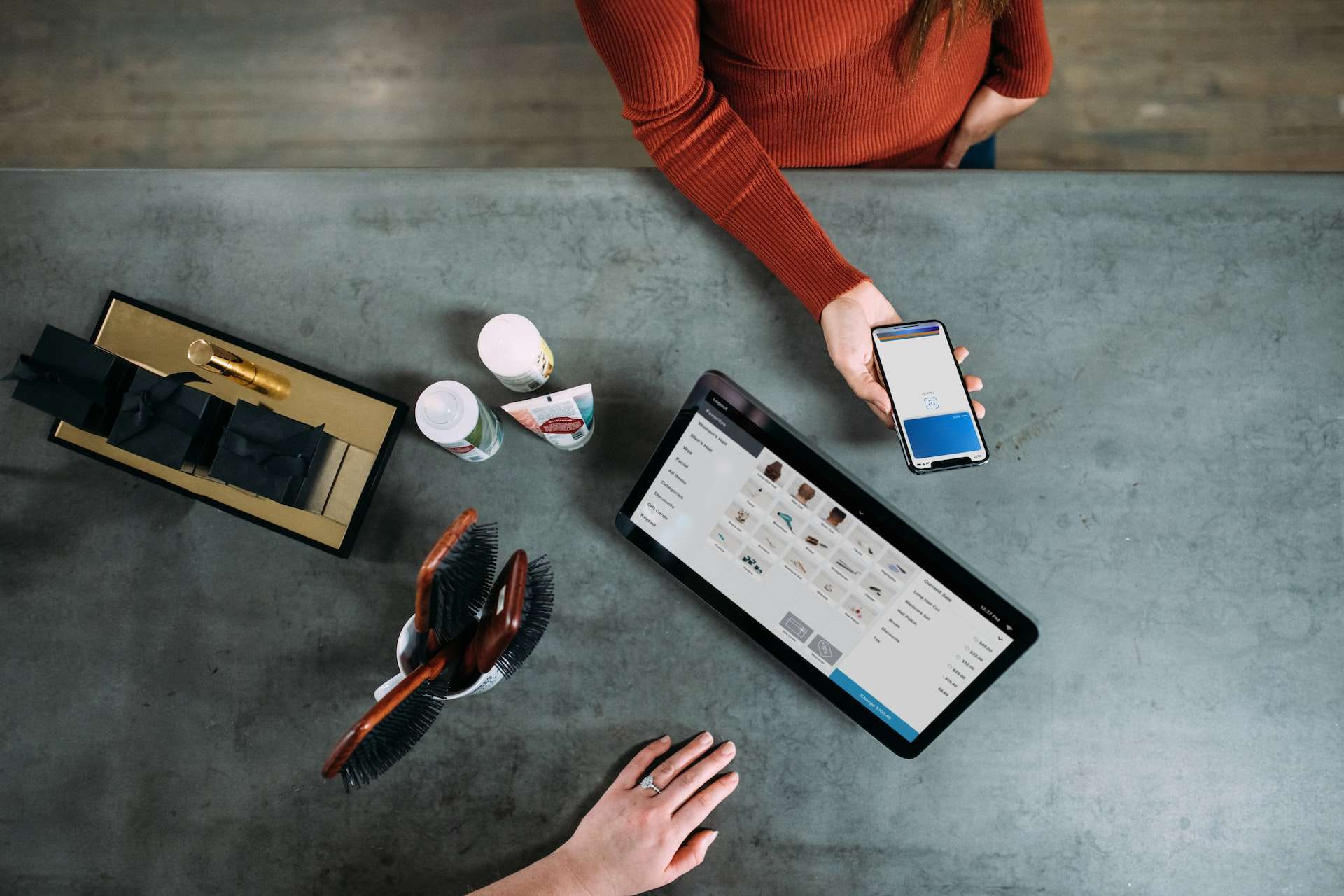The retail sector has not had it easy for a while.
A boom in online shopping has long threatened high street stores’ consumer footfall and, more recently, the lockdowns imposed by the Government during the coronavirus pandemic only further impacted business for high street stores.
With the answer for many brands being to enhance their online offering, competition is pushing big names to find new ways to incorporate technologies with the shopping experience.
Extended reality (XR) tech is growing increasingly popular for entertainment, but where does it fit into retail?
How does XR technology help with shopping?
Despite the advantages it has when it comes to convenience and pricing, conventional online shopping has a significant drawback: it’s impossible to try before you buy.
Images of a product online can help consumers gauge what it might look like and how it functions, but it doesn’t offer the same level of detail as physically inspecting the item.
XR technology can answer this in several ways, depending on the goods being shopped for.
For items that would typically be browsed in a showroom, or put up on display for customers, virtual reality environments can construct similar spaces to those visited by physical shoppers.
These VR stores don’t have the same constraints with available space in the real world, both for the size of the store itself and its customer capacity.
Within a VR environment, 1:1 digital replicas of stock can be inspected with the kind of scrutiny that a physically present shopper would apply.
For bulkier items, AR can present a better alternative.
Its ability to overlay a live feed of the real world makes it ideal for testing furniture placement and giving users the ability to ‘test drive’ items in their homes before committing to purchase.
AR can also allow shoppers to digitally ‘try on’ clothing and accessories as part of their online shopping journey.
While this doesn’t fully replace the need for trying items on to see how they fit and actually feel to wear, it brings app-based shoppers closer to making informed purchases entirely through virtual interfaces.
How is XR being used in retail?
Many big names are already utilising XR technology to present new ways to shop, or to create brand partnerships that reach new demographics and raise awareness.
One example is the recent collaboration between luxury fashion brand Burberry and 3D world-building game Minecraft, which saw a specially branded adventure uploaded to Minecraft for users to download and explore.
With Minecraft having full VR support, and boasting an estimated 93 million active users per month in 2021, this partnership had the potential to put Burberry’s brand in front of a huge new audience.
Utilising the technological capabilities of platforms like VR and AR-enabled games, retail businesses can enhance their own reach and create fun associations with their brand.
IKEA’s AR app, Place, takes an approach more anchored in augmented reality, to help customers visualise furniture in a home or office before committing to a purchase. As with many AR apps, the camera is used to capture a live feed of the space in front of the user. A location within the field of view is set by the user, and the chosen piece of furniture is digitally placed in that spot.
With the ability to ‘try’ furniture all but impossible without buying an item, taking it home, moving it, and then deciding whether it fits in, apps like Place are not only useful for the customer but also highly beneficial for the retail businesses utilising them, building customer loyalty and reducing return rates.
Recently, Niantic Lab’s AR mobile game Pokémon GO has begun offering sponsored locations. One of the game’s major systems relies on points of interest and significant landmarks in the real world, where players who travel within close vicinity can retrieve items and interact with the location’s in-game marker.
Sponsored locations will see brands and businesses able to pay to be featured within the game as one of these points of interest. In a similar vein, sponsored gifts can be sent to players with attached branding.
The AR-based nature of Pokémon GO means that sponsored locations will actively draw people closer to a business’s real-world location, raising brand awareness and potentially attracting new customers.
This can also benefit newer businesses who want to raise their profile locally, something that will be effective for players who log into the game frequently.
What are the benefits of XR shopping?
XR technology could enhance online shopping by retrieving some of the social aspects of traditional shopping, through concepts such as VR shopping ‘malls’.
These simulated spaces could be highly beneficial during peak times like Christmas, where shopping centres and high streets are much busier and more stretched in terms of parking and accessibility.
Though not directly beneficial to the retail industry per se, one potential benefit to marrying retail with XR has been highlighted in research by King’s College London.
The college’s Institute of Psychiatry, Psychology & Neuroscience has discovered that a virtual shopping task can be used to test for cognitive decline in adults.
The various mental tasks involved in ‘going to the shops’, like recalling a list of items to buy and paying for the items at a virtual self-service machine, access a broader range of cognitive demands than standard tests for disorders of the mind.
XR systems being applied to the retail industry gives shoppers more ways to make informed purchases, while the rise of VR-based ways to surf the internet, as well as the still-maturing concept of the metaverse, is set to widen the scope of commercial extended reality further.
To learn more about simulation and how it’s transforming society from worker training to national defence, contact ST Engineering Antycip today.




















